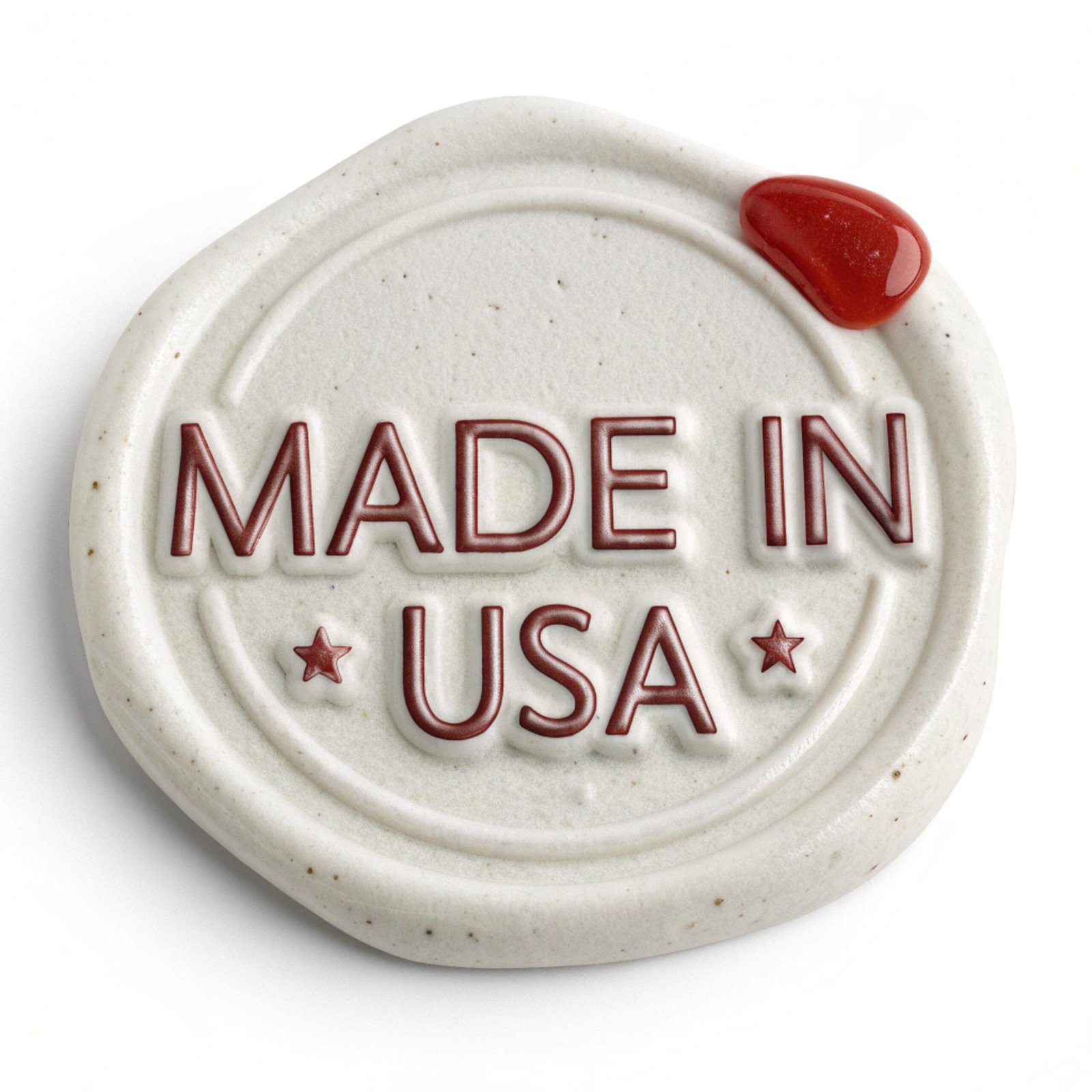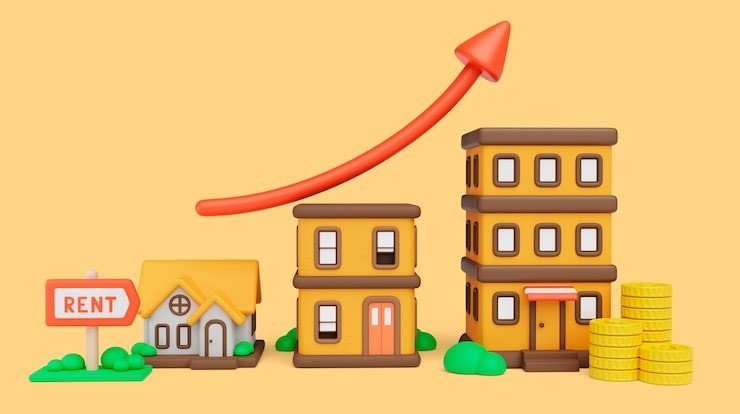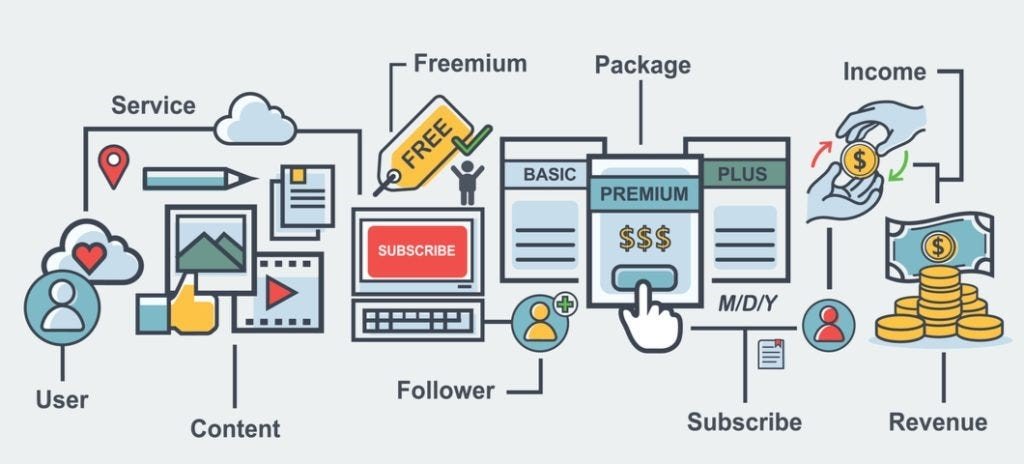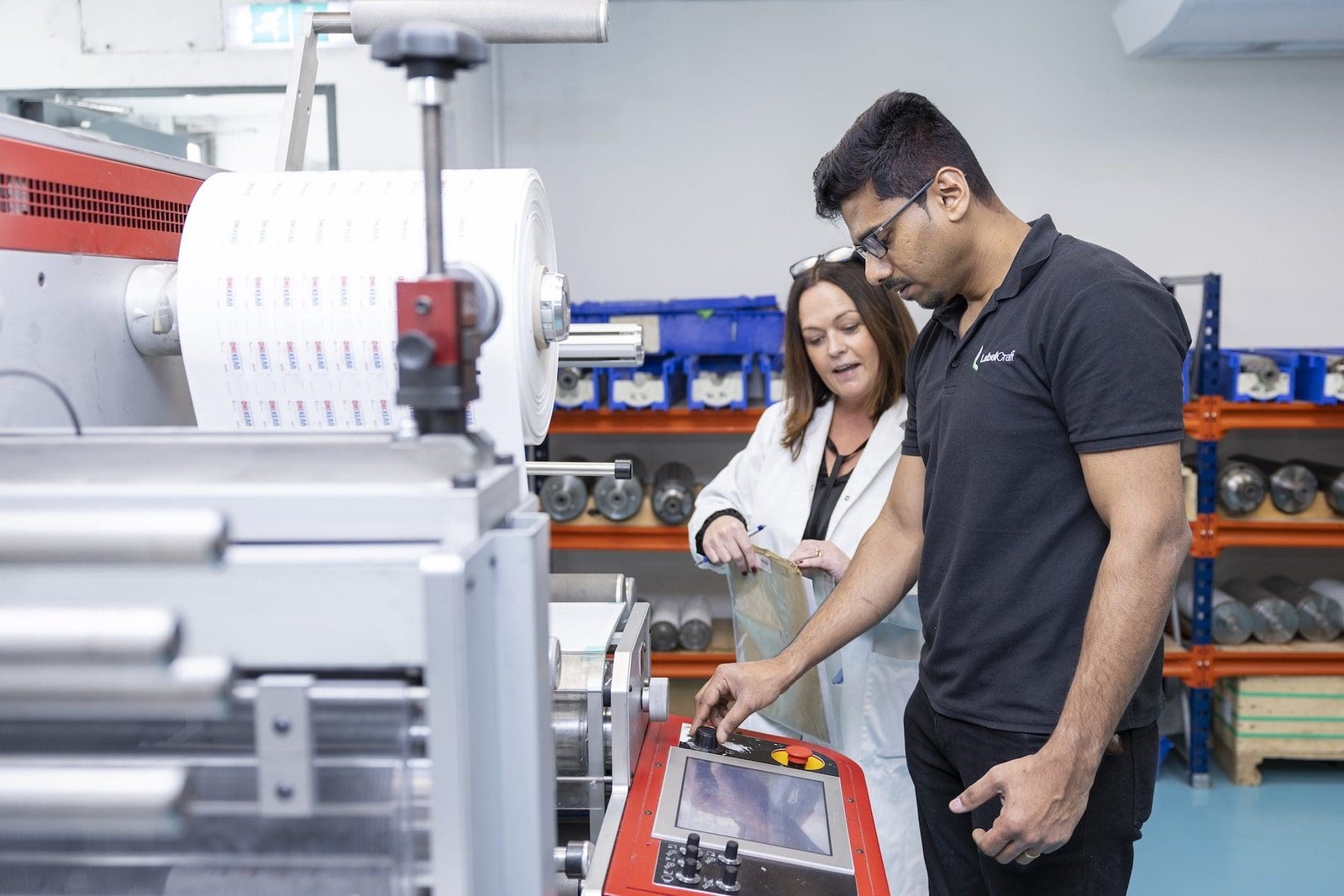Introduction
In today’s digital marketplace, consumers are exposed to a vast range of products from brands across the globe. While the convenience of online shopping has transformed how people access goods, it has also given rise to a growing challenge—counterfeit or imitation products. These replicas often look remarkably similar to authentic versions but lack the same quality, safety, and reliability. Understanding how to identify genuine items is essential for maintaining trust, protecting brand integrity, and ensuring a positive experience for everyone involved.
This article aims to spread awareness about spotting authentic products, recognizing signs of imitation, and supporting responsible trade practices that value originality and brand protection.
Why Authenticity Matters
Authenticity is more than just owning a branded product—it represents quality, craftsmanship, and the values behind a reputable company. Genuine products often undergo rigorous testing, comply with safety regulations, and are designed to deliver long-lasting performance. On the other hand, imitation products may cut corners in material, design, and production, leading to poor quality and, in some cases, serious safety concerns.
Key reasons authenticity is important:
-
Quality Assurance – Original items meet strict standards set by the brand, ensuring durability and reliability.
-
Safety – Counterfeit goods, particularly in categories like electronics, cosmetics, and healthcare, can pose health or safety risks.
-
Brand Trust – Genuine products help preserve the reputation of a brand and support its commitment to customers.
-
Ethical Responsibility – Authentic products are typically produced under fair labor conditions and meet legal compliance.
Common Categories Vulnerable to Imitation
Counterfeiting affects numerous industries, but certain categories are particularly at risk due to high demand and recognizable branding.

-
Fashion and Accessories – Designer clothing, handbags, watches, and footwear are among the most counterfeited items worldwide.
-
Electronics – Popular gadgets such as smartphones, headphones, and chargers often face replication with inferior components.
-
Beauty and Personal Care – Fragrances, skincare, and makeup products are frequently imitated, sometimes using harmful ingredients.
-
Luxury Goods – Jewelry, high-end pens, and collectibles are prime targets due to their high resale value.
-
Sports Merchandise – Jerseys, footwear, and equipment tied to famous teams or athletes are often duplicated.
Signs of Authentic vs. Imitation Products
Spotting the difference between genuine and imitation items may require close attention. Here are some telltale signs:

1. Packaging Quality
-
Authentic Products: Premium brands invest heavily in packaging. Look for clear printing, accurate logos, and high-quality materials.
-
Imitation Products: Counterfeits often have faded labels, spelling errors, or flimsy packaging.
2. Price Discrepancy
-
Genuine products usually maintain a consistent price range across authorized sellers. If the price seems significantly lower, it may signal a replica.
3. Serial Numbers and Barcodes
-
Many original items come with unique serial numbers or authentication codes that can be verified on the brand’s official website.
4. Craftsmanship and Materials
-
Authentic goods exhibit superior workmanship—straight seams, quality fabrics, precise engraving, or smooth finishes.
-
Imitation items may have uneven stitching, rough edges, or cheap materials.
5. Seller Credibility
-
Trusted retailers and authorized partners are less likely to deal in fakes. Check reviews, ratings, and seller history before committing.
The Role of Technology in Verifying Authenticity
Advances in technology are making it easier to differentiate between genuine and fake items. Some key methods include:

-
QR Code Verification – Many brands embed QR codes on their products, allowing customers to scan and verify authenticity directly.
-
Blockchain Tracking – Certain high-value industries now use blockchain to trace products from production to delivery.
-
Smart Labels – RFID tags and holographic seals provide additional security against counterfeiting.
Protecting Yourself from Imitation Products
Awareness is the first step in avoiding counterfeit items. Here are practical tips to ensure originality:
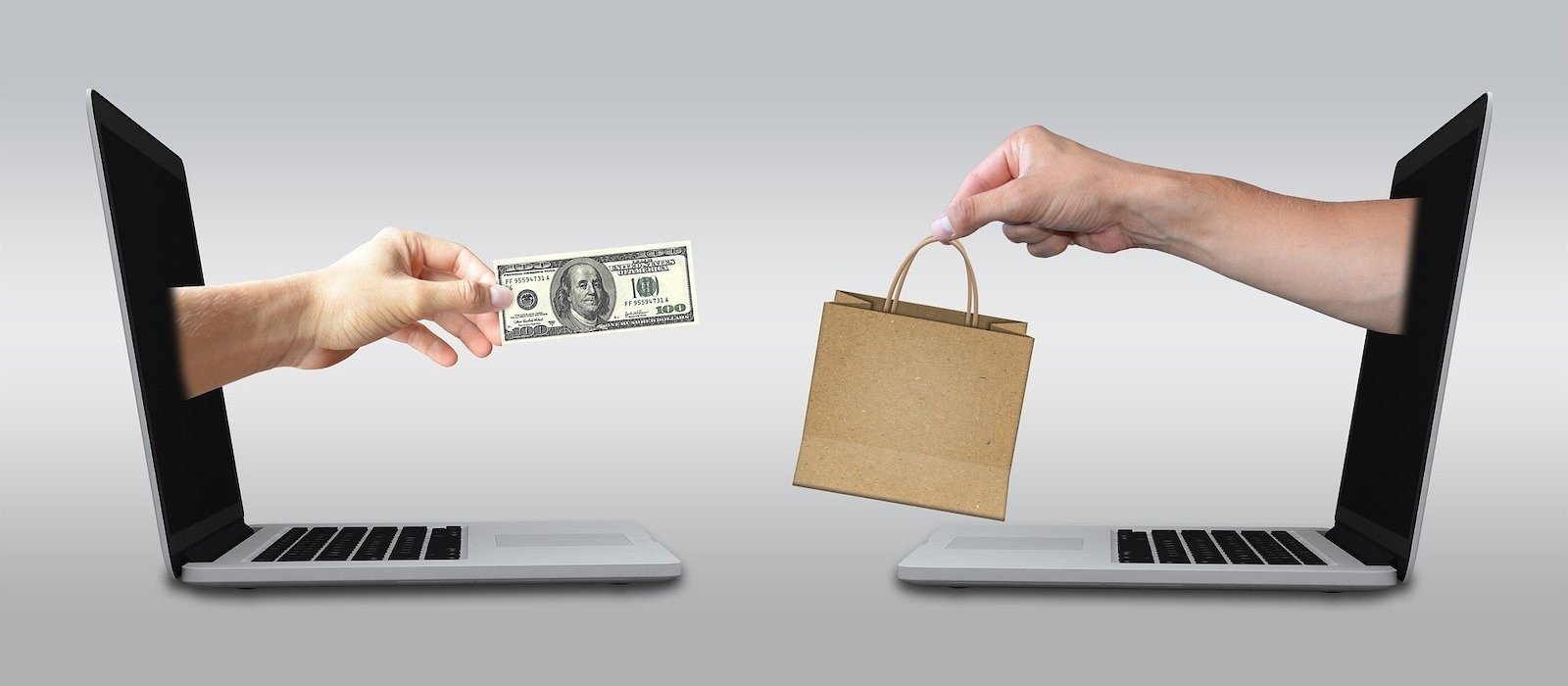
-
Shop from Authorized Sources – Stick to official brand websites or verified retailers.
-
Research Beforehand – Familiarize yourself with brand-specific details such as logos, designs, and packaging styles.
-
Read Reviews – Look for customer feedback about product quality and seller authenticity.
-
Inspect Upon Arrival – Check all details, including labels, tags, and materials, as soon as the item arrives.
-
Report Suspicious Listings – If a product seems questionable, notify the platform or brand to prevent others from being misled.
Brand Protection and Consumer Responsibility
While companies work to combat counterfeit goods, customers also play a vital role in maintaining product authenticity. Awareness campaigns, responsible sourcing, and customer education can significantly reduce the prevalence of imitation items.

How brands are responding:
-
Implementing secure tracking methods.
-
Running educational initiatives on spotting fakes.
-
Partnering with e-commerce platforms to remove counterfeit listings.
How consumers can help:
-
Spreading awareness among peers about spotting imitations.
-
Supporting brands that prioritize ethical production and authenticity.
-
Reporting counterfeit products to the relevant authorities.
Impact of Counterfeit Products on Society
The dangers of imitation items extend beyond individual dissatisfaction. Counterfeiting:
-
Undermines trust in brands.
-
Hurts legitimate businesses.
-
Supports unethical production practices.
-
Increases environmental waste due to inferior materials.
By choosing authentic products and promoting brand integrity, consumers contribute to a more ethical and sustainable marketplace.
Conclusion
Spotting authentic vs. imitation products is not just about getting value for money; it’s about ensuring quality, safety, and ethical practices in the marketplace. By staying informed, checking product details, and supporting trusted sources, consumers can help protect themselves and contribute to a culture that values originality and brand integrity. Awareness today can lead to better experiences and a stronger, more transparent industry tomorrow.





